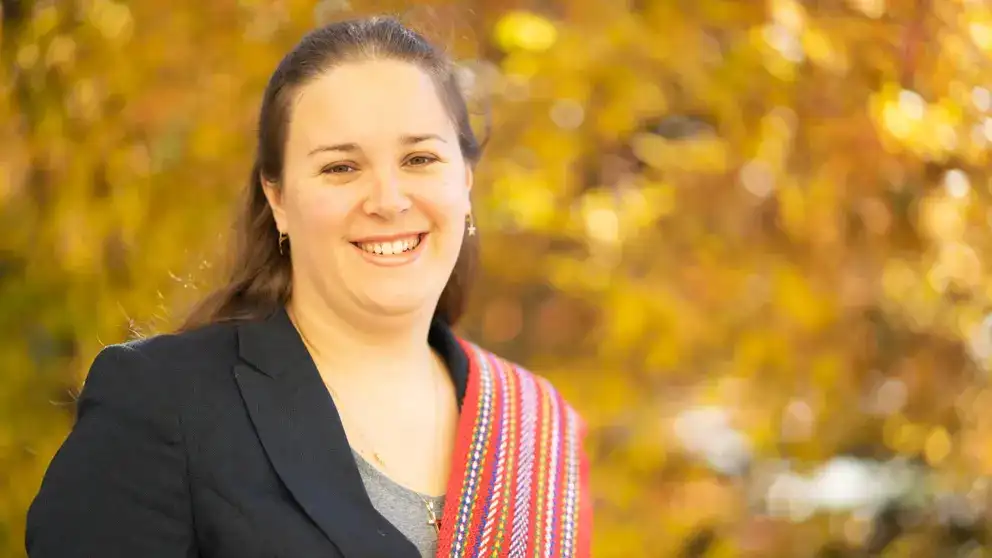Heart & Stroke researchers across Canada are increasing our understanding of women’s heart and brain health. Through research competitions focused on topics specific to women, 27 scientists will share a total of $4.3 million over five years. Here are some of the 15 awardees already at work:
- Dr. Nathalie Auger, Centre Hospitalier de l’Université de Montréal: Studying how pregnancy complications can affect and predict women’s risk of developing heart disease and stroke later.
- Dr. Thalia Field, University of British Columbia: Investigating the impact of CVT (cerebral venous thrombosis) on young women. CVT is the second most common cause of stroke for women during pregnancy.
- Dr. Heather Foulds, University of Saskatchewan: Shining a spotlight on social and cultural factors impacting the heart and brain health of Indigenous women.
- Dr. Kara Nerenberg, Foothills Medical Centre, Calgary: Studying ways to improve heart and brain health of new mothers.
General Heart & Stroke research funding — more than $33 million in 2018 — also supports many studies that will provide critical clues to women’s health. We’ve also changed our expectations: researchers must now consider sex and gender in all research projects, so the results apply to women as well as men. Here are a few funded researchers:
- Dr. Susan Howlett, Dalhousie University, Halifax: Examining the effect of frailty on the development of heart disease, to better understand sex differences in heart failure.
- Dr. Jennifer Thompson, University of Calgary: Investigating the risk of cardiovascular disease in children born to mothers with obesity or gestational diabetes.
- Dr. Amy Yu, University of Toronto: Investigating differences in disability and healthcare costs after stroke for men and women, and the potential causes of these differences.
Related information
- Learn more about Heart & Stroke research
- Learn more about heart disease, stroke and women
